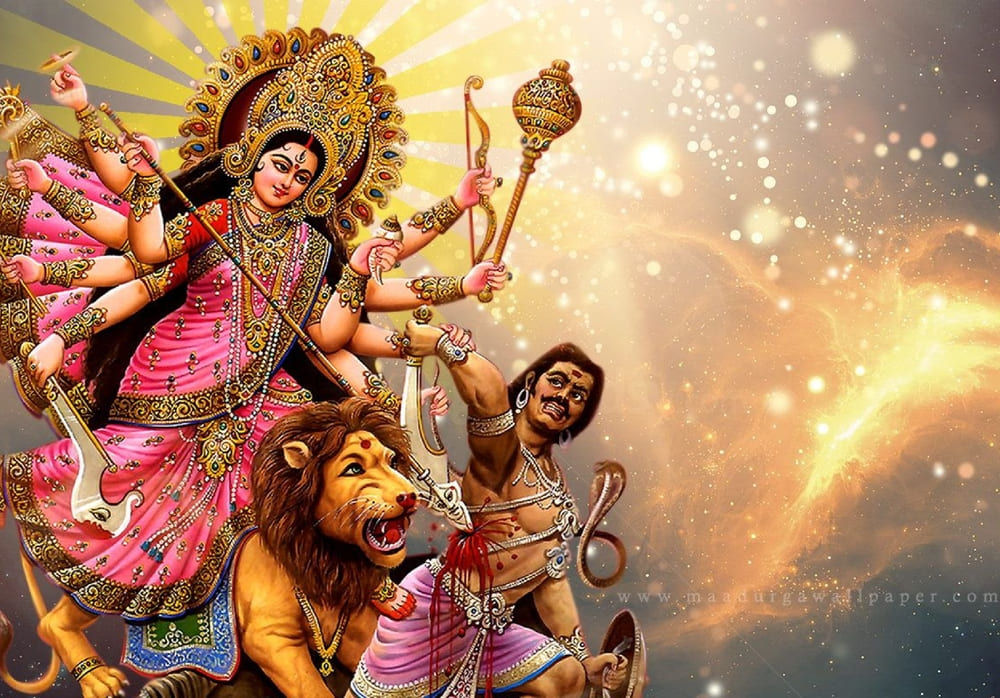The Indian Festival of Dolls


The Indian Festival of Dolls
One of the most important festivals that is celebrated across India is Navaratri, dedicated to the worship of Goddess Durga. Navaratri is a period of nine consecutive days during which devotees fast and also perform various Pujas and rituals for the Divine Mother in the evenings/nights. Although there are various Navaratris throughout the year, the one that occurs during the autumn, in the Sharad month is most popular and elaborate. This festival is celebrated quite grandly by Indians across the globe adopting new and modern ways of celebrating, with each passing year.


Legend has it that Mother Durga fought the demon Mahishasura in a battle that lasted 9 days and 9 nights. The demon had been blessed with the boon that he could only be killed by a woman, which in his small mind translated to immortality. Drunk with conceit that he could never be vanquished, he wreaked havoc upon all creatures. Lord Shiva had to create a female form called Durga, who had the powers to put an end to Mahishasura. At the end of the 9 days and nights, Durga defeated Mahishasura and so Navaratri is a festival that celebrates the victory of good over Evil, as well as the primordial female energy in the universe.
The intensely devout and initiated devotees immerse themselves in Durga Saptashati chanting and Homams during this period, while most others celebrate through simple prayers, bhajans and Bommai Golus or Display of dolls.




Return gifts are always given at each visit, and this has now become such a popular culture, that it requires its own meticulous planning! As time went on, what began as a simple display using a few easily available dolls, has today grown to a full fledged industry with each household trying to be better not just than their previous year’s golu, but also better than their neighbour’s! To this end, dolls and figurines now need to be arranged theme-wise and in a methodical manner, over several steps to allow better viewing and appreciation of the story.


The most important set of dolls in any Bommai Golu are the Marapachi Bommai which are usually handed down through generations These dolls are made from red sandalwood, also called Rakta Chandanam. They are symbolic of Devi, symbolised by the red and Lord Vishnu who is symbolised by the chandan. Most people also place a kalasam in front of their Golu, to invoke the Devi.
To conclude, the ancient Hindu tradition of Bommai golu has adapted to modern times in various ways, while still retaining its core values and traditions. From incorporating contemporary themes and characters to becoming more eco-friendly and inclusive, bommai golu has proven to be a flexible and dynamic tradition that has evolved and adapted to the changing times. Despite the challenges and changes brought about by modernization, the practice of bommai golu remains
an integral part of Indian culture and heritage, and its continued celebration serves as a reminder of the importance of preserving and promoting our rich cultural traditions.


